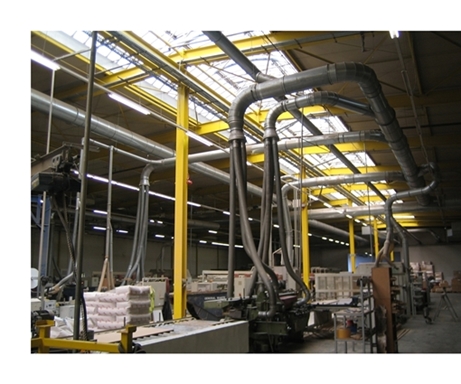 Thousands of British workers contract occupational asthma and other lung diseases each year. Many people die or are permanently disabled by these conditions and are unable to work. People develop these diseases because they breath in too much dust, fume or other airborne contaminants at work, often because control measures don’t work well enough.
Thousands of British workers contract occupational asthma and other lung diseases each year. Many people die or are permanently disabled by these conditions and are unable to work. People develop these diseases because they breath in too much dust, fume or other airborne contaminants at work, often because control measures don’t work well enough.
Most industries are affected, including woodworking, welding, paint-spraying, stone masonry, engineering and foundry work.
Armstrong Environmental can advise you how to control gas, vapour, dust, fume and mist in workplace air using local exhaust ventilation (LEV) – extracting clouds of contaminant before people breath them in.
What is Local Exhaust Ventilation (LEV)?
LEV is an engineering control system to reduce exposures to airborne contaminants in a workplace.
Most systems, but not all, have the following:
Hood:
This is where the contaminant cloud enters the system.
Ducting:
This conducts air and the contaminant from the hood to the discharge point.
Air Cleaner:
This filters or cleans the extracted air.
Air Mover:
The ‘engine’ that powers the extraction system, usually a fan.
Discharge:
This releases the extracted air to a safe place.
Common Elements of a Simple LEV System
(Source – HSE website www.hse.gov.uk )
